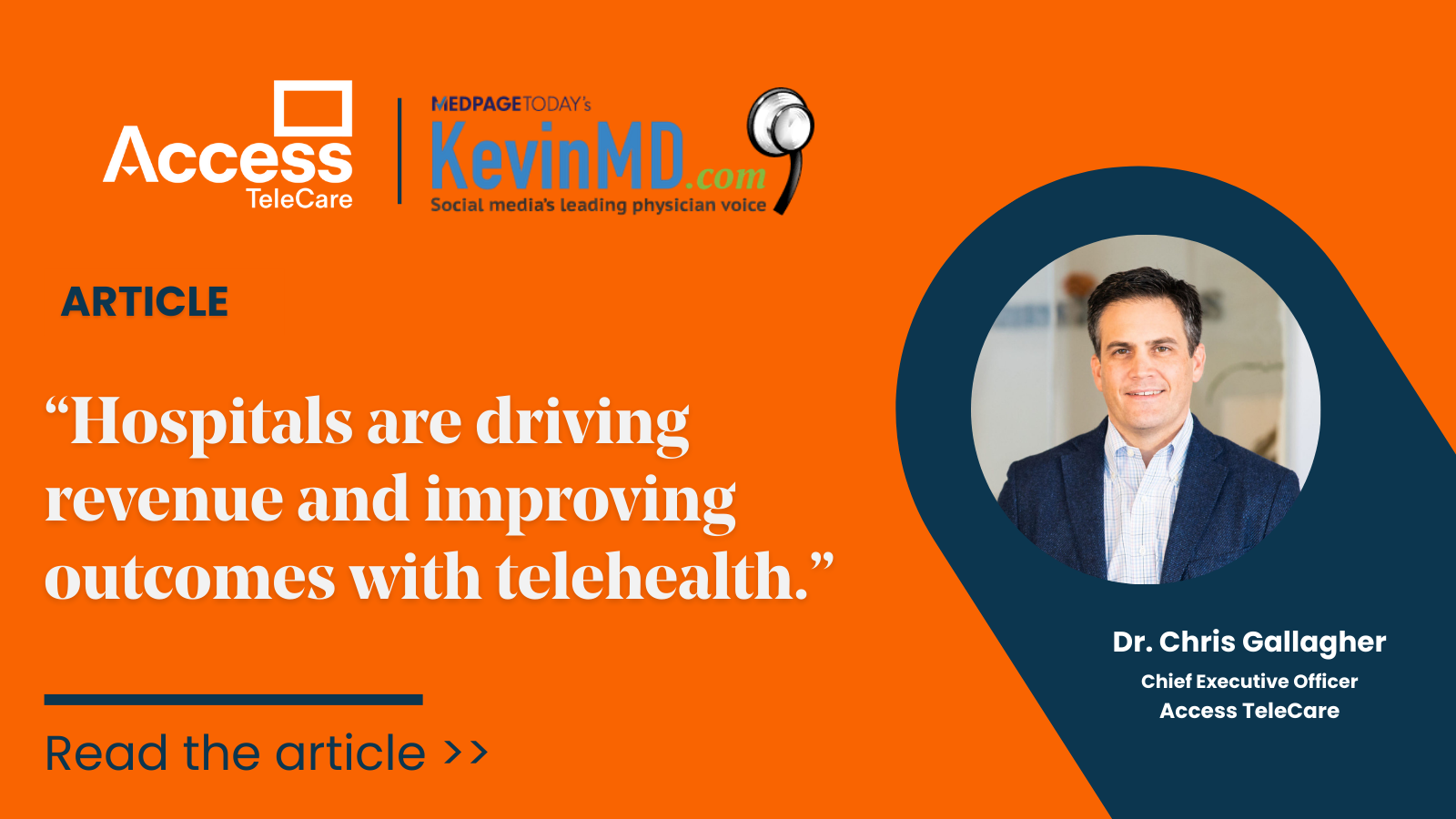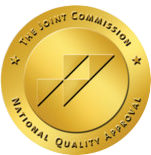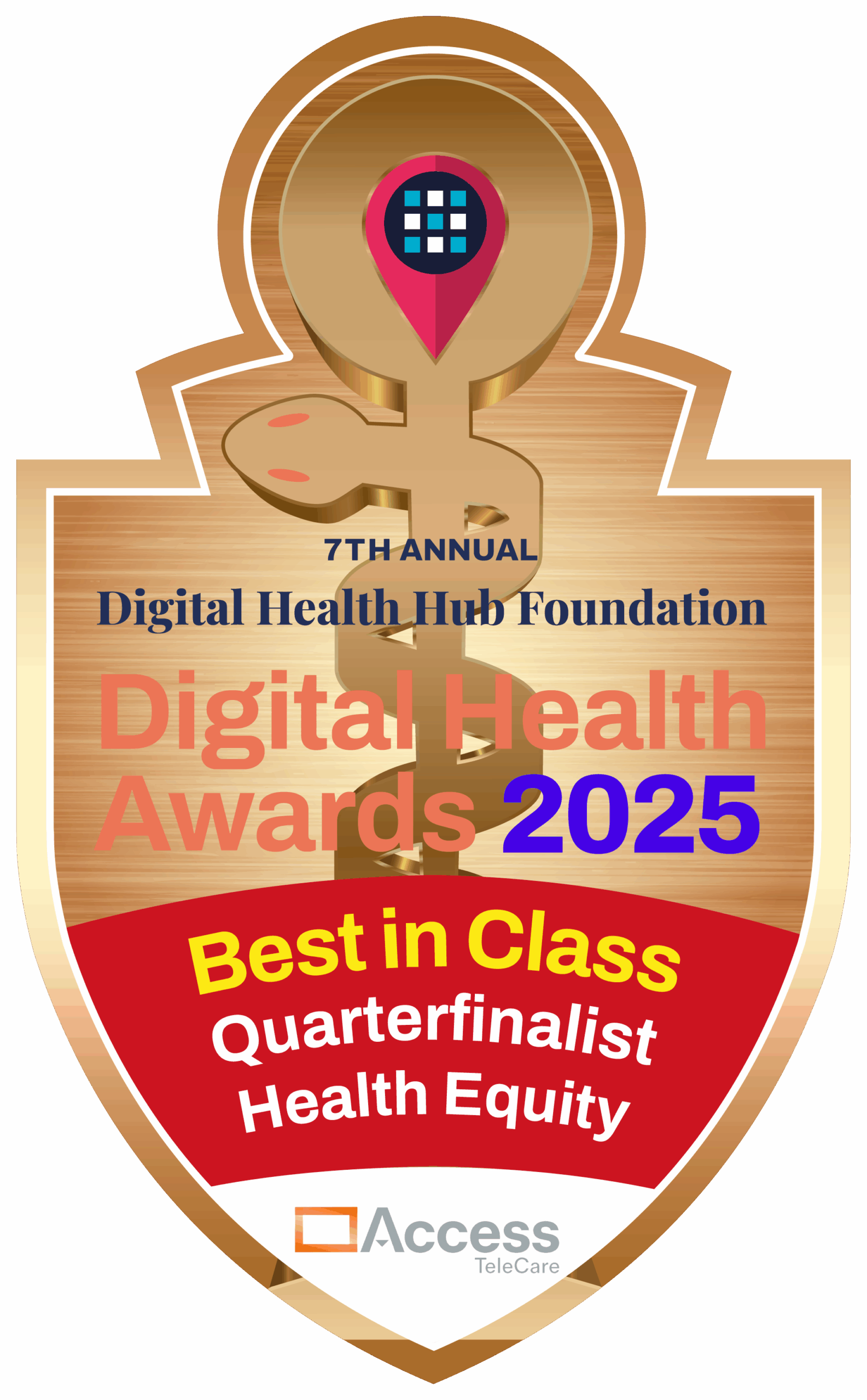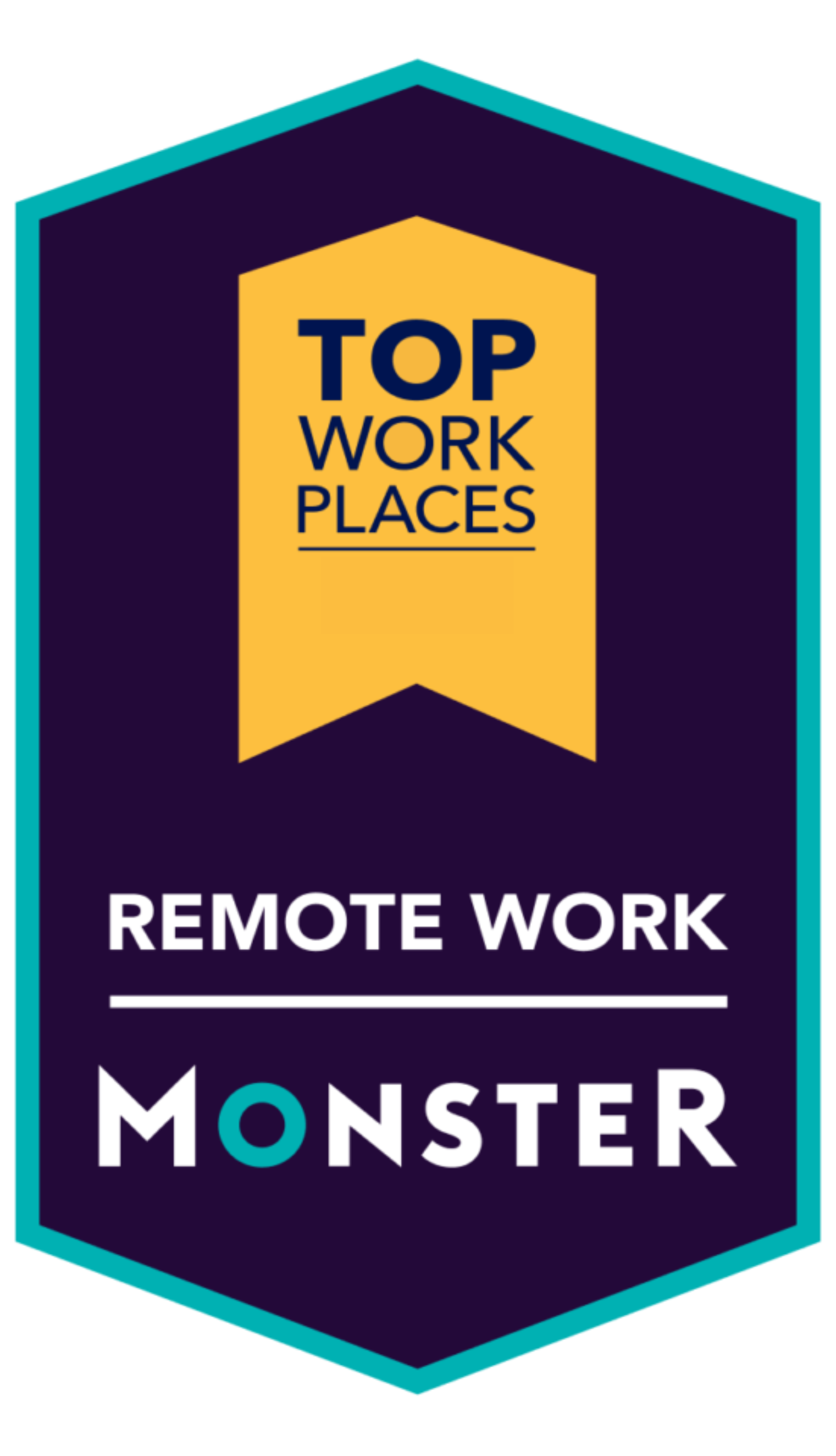The Access TeleCare (SOC) telemedicine platform, Telemed IQ, has been implemented in several emergency situations. During Hurricane Florence in 2018, Onslow Memorial Hospital in Jacksonville, NC was surrounded by water and clinicians couldn’t access the hospital to care for patients. Then the census doubled. SOC partnered with Onslow and Sound Physicians to deploy a telemedicine solution in less than 18 hours.
Alexandra Walton, COO of Sound Telemedicine, explains: “Together with Onslow’s leadership team, Sound and SOC were able to launch a program in 18 hours. Sound has a deep bench of Tele-hospitalists across the U.S. who were already familiar with the SOC technology, so we partnered with our chief hospitalist on site to educate them on hospital policies and clinical protocol.”
From a technology perspective, the hospital already had a cart, and SOC was able to quickly tap into that cart, install their software, test the connectivity, and take it live. The program supported the hospital day and night through the worst of the storm and recovery by providing a host of services to include admitting, rounding, and discharging patients.
So what does it take to make this a reality?
The key components of the process implemented at Onslow can be easily replicated to deal with the current crisis. The Telemed IQ platform is highly configurable and can be deployed with any specialty. The platform’s workflows are designed to mirror in-person workflows, whether they are between providers or between a provider and a patient. This is important because the workflow for an ED physician consultation is very different than the workflow for a nurse triage consultation, for example.
In anticipation of a surge in demand for RAPID installations due to COVID-19, SOC has condensed the telemedicine implementation process for a limited number of high-impact specialties. Those organizations looking to deploy telemedicine with their hospitalists, emergency medicine physicians, critical care and intensivists, neurologists or psychiatrists can be up and running in as little as 72 hours and occasionally even faster.
No two implementations are the same. Success and speed, in large part, depends on the following hospital resources and support:
- A dedicated project manager who is a strong leader, well-respected in the organization, adept at procuring resources, and 100% dedicated to leading this process throughout its duration
- Dedicated hospital IT resources, responsible for facilitating network capabilities and end-point device management
- Strong clinician support from physician leaders, nurses and experts a with deep understanding of the clinical workflow being deployed
- Support from a hospital scheduling resource who can give visibility into your physician’s schedules and how you currently manage shifts
- And finally, someone from the MSO to support management of licenses and privileges
Throughout the implementation life cycle, the SOC implementation manager will be in constant collaboration and communication with your team to execute on four critical workstreams executed on parallel tracks:
- Workflow Planning—Our teams will collaborate to configure workflows that best meet the needs for your operations, your physicians, and your patients.
- Resource Planning—Understanding the number of clinicians that will be engaged, the volume of patients you expect to serve, and the availability of technical end points required to meet your needs.
- Technology—Building the technical workflows and testing the load on the network and streamlining the user experience.
- Training—Both for your staff, typically done in 30 minute sessions, and for your providers (approximately 3 hours). We also include a mock consult for each implementation to have one final check before go live.
Once the implementation is live, SOC clients are assigned a Client Success Executive (CSE) who serves as a single point of contact to ensure program success. CSEs host regular virtual status calls and onsite quarterly business reviews. As part of this process, CSEs provide report analysis and recommendations to ensure desired outcomes are achieved and clinical, operational, and financial goals are met.
Please read How to Mobilize Providers During COVID-19— Part 1 from our Chief Medical Officer, Dr. Jason Hallock.
*********************
If your hospital needs a rapid telemedicine implementation to protect your providers, please contact us.









